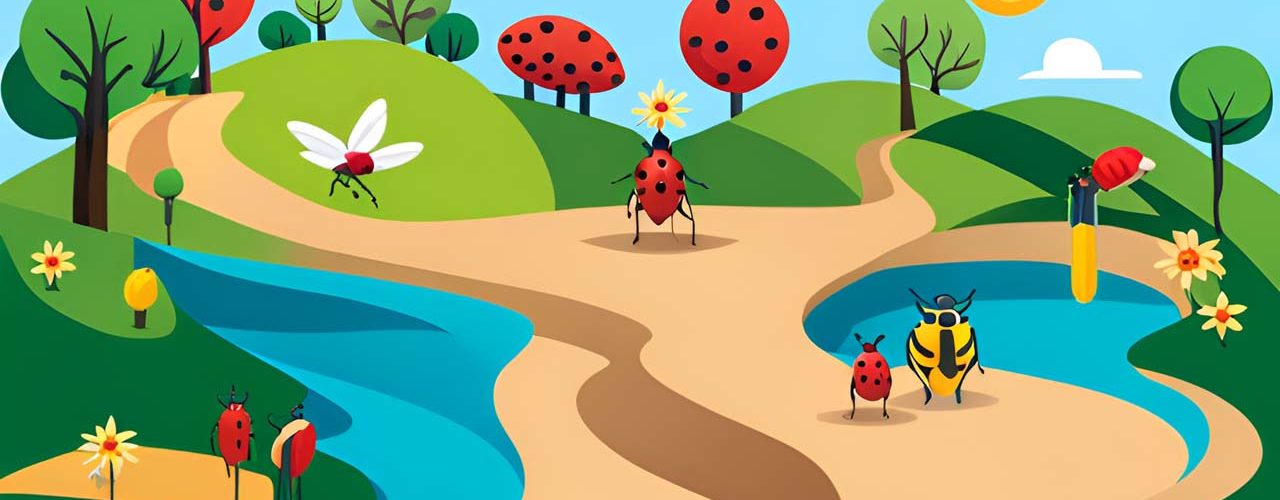Effective Integrated Pest Management Strategies for Australian Farmers

Today we’re going to discuss an essential topic for Aussie farmers: Integrated Pest Management (IPM). IPM is a sustainable approach to managing pests by combining biological, cultural, physical, and chemical tools in a way that minimizes economic, health, and environmental risks. It’s particularly important for Australian farmers who are looking for sustainable agriculture practices, such as organic farming in Australia.
Understanding Pest Management in Australia
Australia is home to many unique plants and animals, but unfortunately, it’s also home to a range of common pests in Australian agriculture. These pests can have a massive impact on both crops and livestock, causing significant losses for Aussie farmers. For instance, insects, weeds, and diseases can lead to reduced crop yields and quality, while pests like feral pigs and rabbits can damage the environment and affect soil conservation in Australia. This is why effective pest management strategies are vital for a thriving agricultural sector.
Principles of Integrated Pest Management
IPM is based on a few key principles, which we’ll explain below. By understanding these principles, farmers can make informed decisions on how to manage pests effectively and sustainably.
- Prevention and monitoring: Prevention is the first line of defense against pests. By maintaining healthy soil and practicing crop rotation in Australian agriculture, farmers can prevent pests from becoming a problem in the first place. Regular monitoring helps farmers identify pests early and take action before they cause significant damage.
- Cultural control: Cultural control involves changing farming practices to make the environment less conducive for pests. This can include crop rotation, intercropping, and choosing pest-resistant crop varieties.
- Biological control: Biological control is the use of natural enemies (e.g., predators, parasites, and pathogens) to control pests. By promoting beneficial organisms, farmers can reduce the need for chemical interventions.
- Chemical control: Chemical control should be used as a last resort in IPM. When necessary, farmers should choose the least toxic and most target-specific pesticides to minimize the risk to beneficial organisms, human health, and the environment.
Implementing Integrated Pest Management Strategies
Now that you’re familiar with the principles of IPM, let’s discuss how to put them into practice on your farm.
- Conducting a pest risk assessment: Before implementing IPM strategies, it’s essential to assess the risks associated with pests on your farm. Identify the pests present, their potential impact, and the most effective and sustainable control methods.
- Developing a pest management plan: Based on your pest risk assessment, develop a comprehensive plan that incorporates the principles of IPM. Your plan should outline prevention, monitoring, cultural control, biological control, and chemical control measures, along with a timeline for implementing these strategies.
- Implementing and monitoring the plan: Once you have a plan in place, it’s time to put it into action. Regularly monitor your farm to track the progress of your IPM strategies and adjust your plan as needed to ensure its effectiveness.
Benefits of Integrated Pest Management
There are many benefits of Integrated Pest Management for Aussie farmers and the environment. Here are some of the most notable advantages:
- Reduced use of pesticides: IPM emphasizes prevention and the use of non-chemical control methods, which means farmers can significantly reduce their reliance on pesticides. This not only saves money but also lowers the risk of pesticide exposure for both farmworkers and consumers.
- Improved crop yields and quality: By effectively managing pests, farmers can maintain healthy crops and avoid yield losses caused by pest damage. This leads to improved crop quality and higher profits for the farmer.
- Cost savings: Although implementing IPM strategies may require an initial investment in training and resources, the long-term benefits often outweigh these costs. Farmers can save money on pesticide purchases, reduce crop losses due to pests, and potentially increase their overall farm profitability.
- Environmental benefits: IPM practices contribute to a healthier environment by reducing pesticide use and promoting biodiversity. This can help protect ecosystems and support the natural balance of pest populations.
Challenges and Limitations of Integrated Pest Management
While IPM offers numerous benefits, it’s not without its challenges and limitations. Here are some potential hurdles that farmers may face when implementing IPM on their farms:
- Lack of knowledge and training: Successfully implementing IPM requires a good understanding of pest biology, ecology, and control methods. Farmers may need additional training or resources to effectively adopt IPM strategies on their farms.
- Limited availability of biological control agents: Although biological control is a crucial component of IPM, the availability of biological control agents can be limited in some regions. This may require farmers to seek alternative solutions or invest in the development of new biological control methods.
- Resistance to pesticides: The overuse of chemical pesticides can lead to the development of resistance in pest populations. This can make it difficult for farmers to control pests using conventional methods and may necessitate a greater emphasis on alternative control strategies.
Despite these challenges, the benefits of IPM far outweigh the limitations, and with the right support and resources, farmers can overcome these obstacles to achieve sustainable pest management on their farms.
Conclusion
In conclusion, Integrated Pest Management is an essential tool for Aussie farmers looking to manage pests in an environmentally friendly and sustainable manner. By understanding the principles of IPM and implementing tailored strategies, farmers can reduce their reliance on chemical pesticides, improve crop yields and quality, save costs, and contribute to a healthier environment. We encourage all Aussie farmers to consider adopting IPM practices on their farms for a better future in agriculture.



